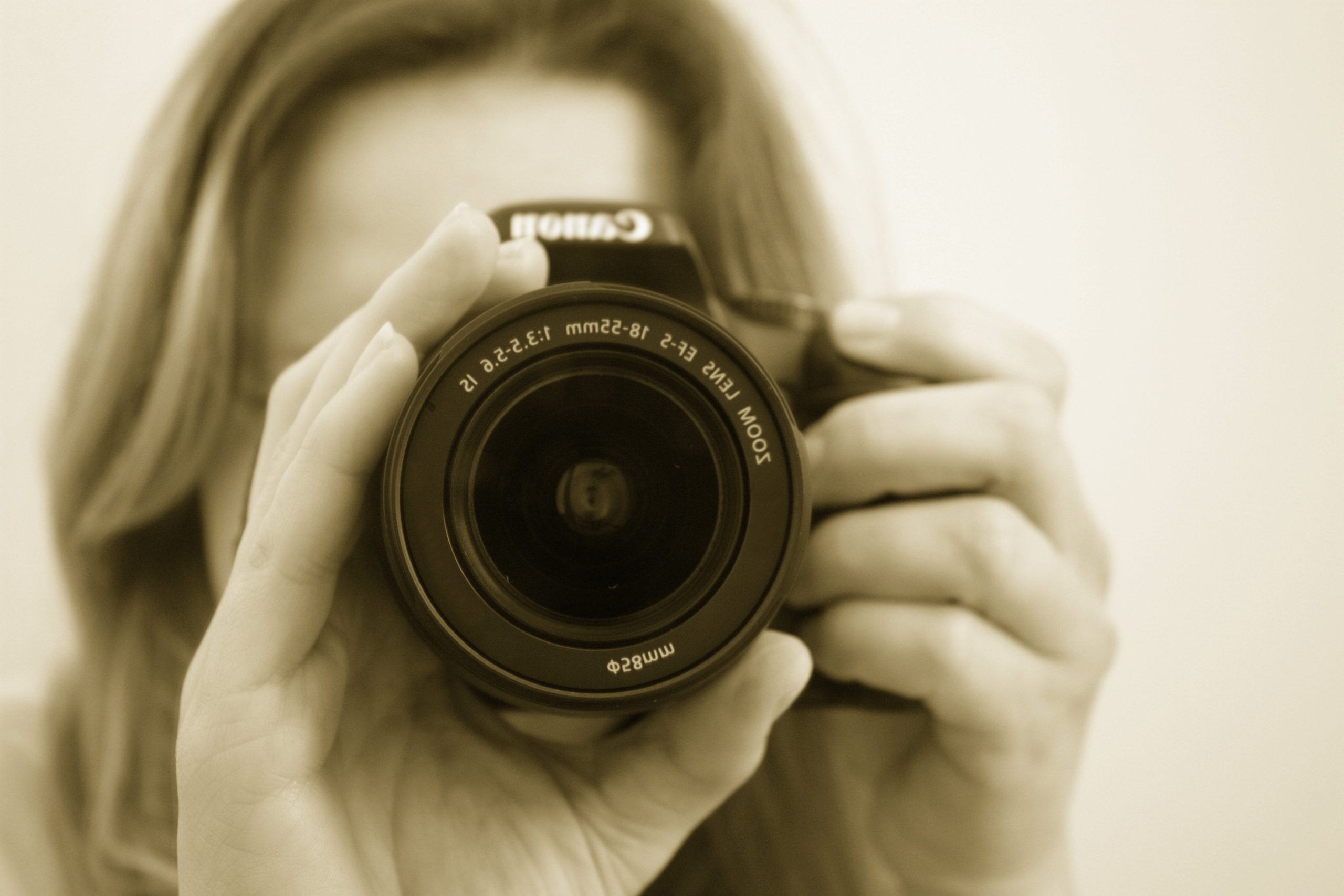Uploading photos to microstock isn’t just about clicking the shutter. Even great shots can get rejected if they’re not technically ready. That’s where editing comes in. A little polish can make the difference between rejection and regular sales.
Here’s a simple guide to editing your photos so they meet microstock standards.
1. Start with a Clean Base
Before you even open Photoshop or Lightroom, check your photo carefully.
- Is it sharp and in focus?
- Is the exposure balanced (not too dark or blown out)?
- Are there distracting elements in the frame?
👉 If the original photo is blurry or noisy, no amount of editing will save it.
2. Adjust Exposure and Contrast
Buyers want photos that are bright, clear, and easy to use.
- Increase exposure slightly if the image feels dull
- Adjust contrast to make details pop
- Keep it natural—over-editing can lead to rejection
Tip: Use the histogram in your editing software to make sure shadows and highlights are balanced.
3. Fix Colors and White Balance
Microstock reviewers reject photos with strange color tones.
- Correct white balance so whites actually look white
- Enhance saturation carefully—avoid neon or unnatural tones
- Keep skin tones realistic when editing portraits
4. Remove Noise and Imperfections
Digital noise (grainy spots) can be a big reason for rejection.
- Use noise reduction tools, especially in low-light shots
- Remove dust spots, scratches, or sensor marks
- Heal or clone out small distractions in the background
👉 Clean, distraction-free images are more attractive to buyers.
5. Crop and Straighten
Composition matters.
- Crop out unnecessary elements
- Keep horizons straight in landscapes
- Leave space for text if you think designers might need it
6. Export in the Right Format
Microstock sites usually have specific requirements. Most prefer:
- JPEG files
- High resolution (minimum 4 MP, but bigger is better)
- sRGB color profile for web use
Always check the guidelines of the platform before uploading.
Quick Editing Checklist for Microstock
✔ Sharp and in focus
✔ Correct exposure and contrast
✔ Natural colors and white balance
✔ Noise and dust spots removed
✔ Cropped and straightened
✔ Exported in high-res JPEG, sRGB
Final Thoughts
Editing for microstock isn’t about making your photos flashy—it’s about making them usable, clean, and technically solid. Buyers and reviewers both want simple, reliable images that can fit into a wide range of projects.




